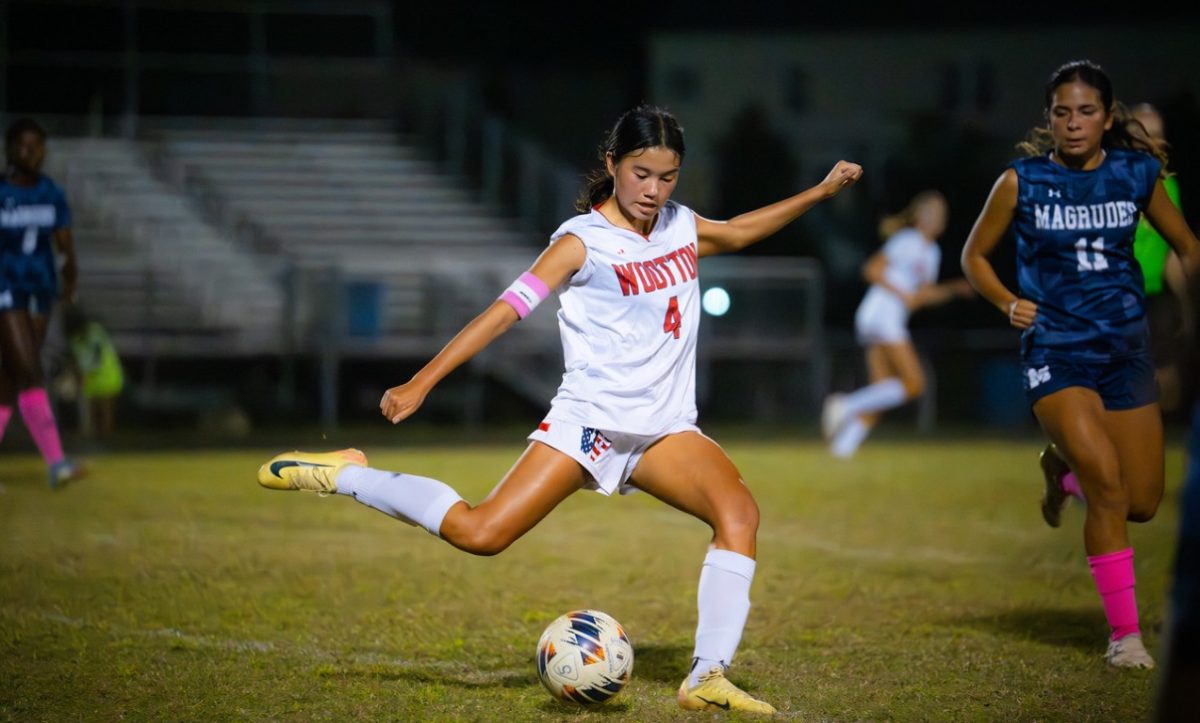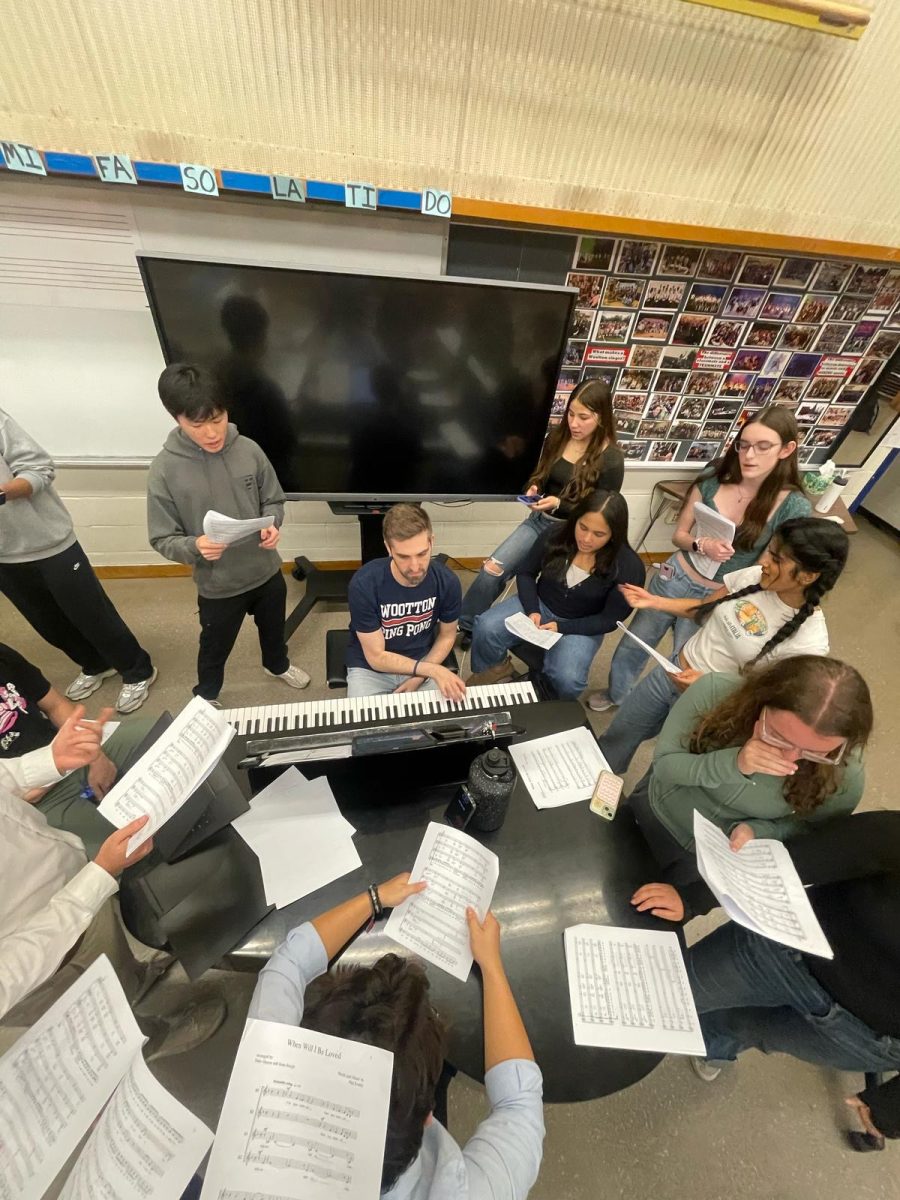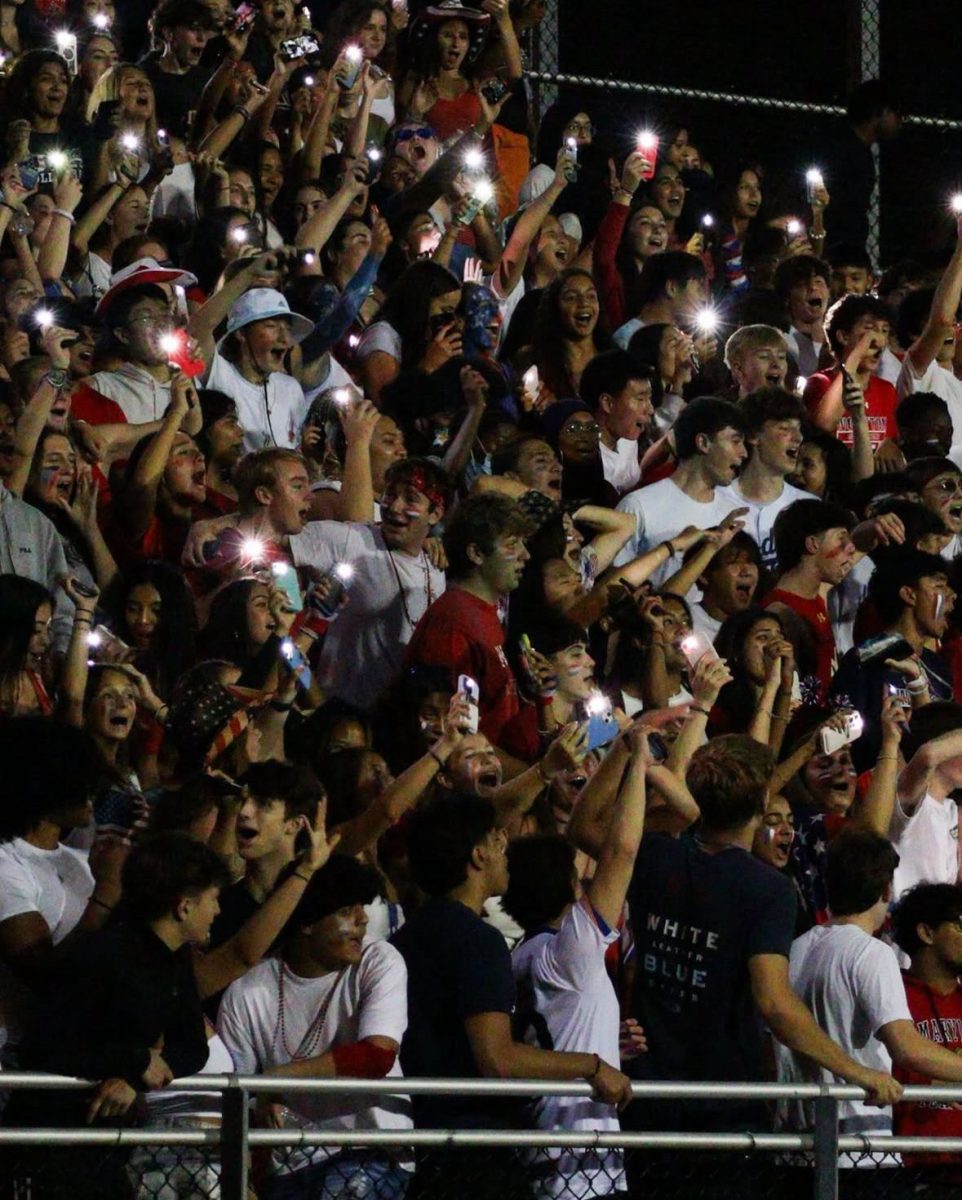As I prepare for a field hockey game to begin, a quick glance over my shoulder reveals what I see every game: an empty student section.
As the field hockey team continues the season with only one loss, there is still a lack of support from students. “Field hockey is in a bad spot because no male sport goes along with it. That’s what makes it really difficult,” Athletic Director and English teacher Alton Lightsey said.
Football games draw the biggest crowd, filling the student section with students, parents, teachers and other members of the community. Often, students attend football games solely to spend time with friends. “I think there is a big social aspect,” Lightsey said.
Boys’ soccer games also attract a large number of fans and as the team continues to play well, their fan base grows. “People have the impression that boys’ soccer is really good this year,” Lightsey said.
Lightsey believes that the number of people who go to girls’ soccer games is relatively the same to that of boys’ soccer. “[Sport support] is starting to change. There was a very nice crowd at the girls’ Churchill [soccer] game,” Lightsey said.
This divide in the number of fans who show up for boys’ sporting events versus girls’ sporting events could be attributed to a variety of things, but mainly people say they find boys’ sports more exciting to watch. “Boys’ sports are more physical. There’s more emotion,” senior Arian Nyandjo said.
The pace of the game is another important factor of what entices students to attend a sporting event. “Boys sports are a little faster,” sophomore Nate Jacobs said.
Senior defender Madison Linn, who is on the girls’ varsity lacrosse team, has tried to rally students to go to girls’ lacrosse games in past years, but it is difficult. “Boys think girls sports are a joke,” Linn said.
There are often conflicts between boys’ and girls’ games of the same sport, so when a decision has to be made between attending a boys’ game or a girls’ game, people lean toward the boys. “Boys sports have always been more popular,” Linn said.
The sexist divide in sport support could be correlated to the fact that sports like football and ice hockey are more interesting to students, and there is no girl equivalent of these sports. “The type of sport matters more than if it’s boys or girls,” junior Mikey Fellman said.
Both football and boys’ lacrosse are given buses as transportation because they have a lot of equipment they need space for. This can be construed as unfair to girls’ teams because students are not allowed to drive to games, so a parent carpool is needed for every away game. “It would be easier for parents, and it would be fun to have a bus for lacrosse because we could get hyped up before games,” junior Jordyn Delo said.
When it comes to field time, Lightsey ensures that there is no gender inequality, and each sports team is given a fair amount of field time. Additionally, each team has a fair amount of money from the booster club allotted to them. “Boys sports do not get priority over girls sports,” Lightsey said.
Community sports days are an effective way for sports teams to draw attention to the sport. Social media posts are another way athletes try to gain support for their team on game days. Reaching out to classmates and friends is another method athletes use in order to get people to come to their games.






![The 2025-2026 Editorial Board Alex Grainger, Cameron Cowen, Helen Manolis, Emory Scofield, Ahmed Ibrahim, Rebekah Buchman, Marley Hoffman, Hayley Gottesman, Pragna Pothakamuri and Natalie Pak (Chase Dolan not pictured) respond to the new MCPS grading policy. “When something that used to be easy suddenly becomes harder, it can turn [students’] mindset negative, whereas making something easier usually has a better impact. I think that’s where a lot of the pushback comes from. But if you put emotions aside, I do think this change could help build stronger work ethic,” Ibrahim said.](https://woottoncommonsense.com/wp-content/uploads/2025/09/fqr5bskTXpn0LRQMmKErLuNKdQYBlL726cFXBaWF-1200x900.jpg)
